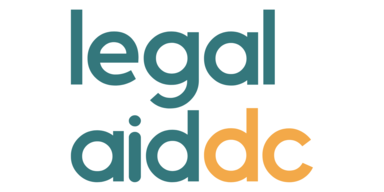
The District of Columbia experienced the most intense gentrification—and had the highest percentage of gentrified neighborhoods—of any city in the nation between 2000 and 2013, according to a new study by the National Community Reinvestment Coalition (NCRC). This study, released last week, helps to highlight the continuing importance of the work that Legal Aid is doing to preserve affordable housing in DC.
The authors of the new study, entitled “Shifting Neighborhoods,” consider gentrification an influx of investments that lead to “rising home values, family incomes, and educational levels of residents.” They examined the related experience of cultural displacement. Cultural displacement happens when there is “a rapid decline” in the number of minorities in an area as “white gentrifiers replace” minority residents. Both gentrification and cultural displacement have left a powerful imprint on DC over recent years.
The percentage of DC neighborhoods that experienced gentrification from 2000 to 2013 was far greater than those of the city with the second highest intensity of gentrification, San Diego. The study found that 40% of DC census tracts were gentrified during these years. San Diego saw 29% of its census tracts gentrified.
Many minority DC residents found themselves displaced from their homes between 2000 and 2013. The study found that “20,000 black residents were displaced” during these years.
The numbers in the NCRC study reflect the experiences that DC residents have been reporting for years. In 2016, the DC Consortium of Legal Services Providers coordinated a Community Listening Project, the purpose of which was to learn from low-income DC residents about the challenges they face and the barriers that prevent them from overcoming poverty. One third of participants in that project identified housing as the most significant problem they had experienced in the last two years.
This is why Legal Aid is working with partners in the legal services community, such as Bread for the City, the Washington Legal Clinic for the Homeless, and the Washington Lawyers’ Committee, as well as pro bono partners from local law firms, to fight to maintain affordable housing and prevent displacement of DC residents.
Through its Affordable Housing Preservation Project, Legal Aid has focused on providing representation to tenants fighting unlawful or unreasonable rent increases, challenging subsidy opt-outs, combatting abusive tactics designed to strip tenants of their rights under the Tenant Opportunity to Purchase Act, enforcing tenants’ rights to building improvements, and helping tenants obtain repairs in their individual units. The focus of our work is on ensuring that low-income families have safe and affordable places to live in their neighborhoods of choice. We also support this broader goal through coordinated and targeted eviction defense to prevent displacement of individuals and families.
The data in NCRC’s study demonstrates the importance of Legal Aid’s work to stanch the swelling cultural displacement in DC, the most intensely gentrified city in the nation.




